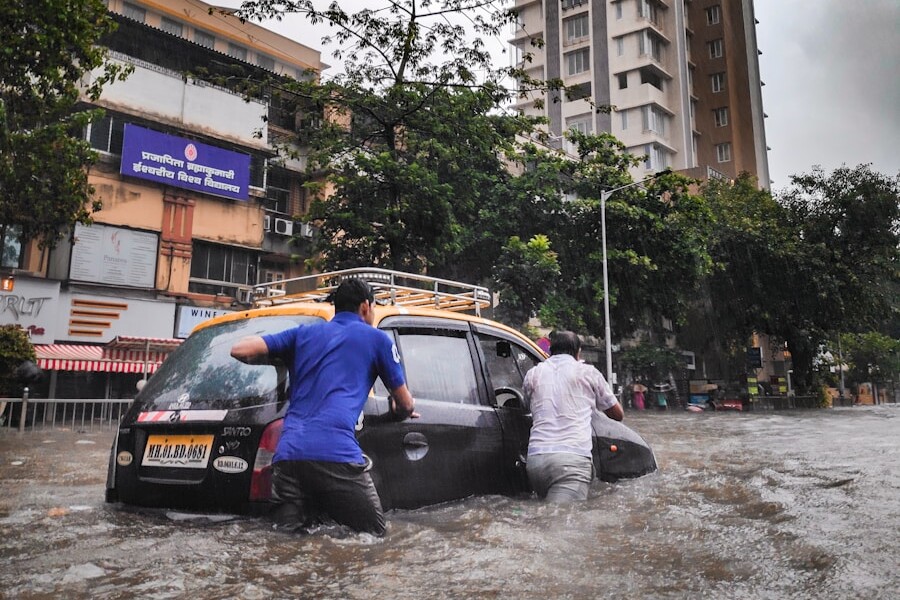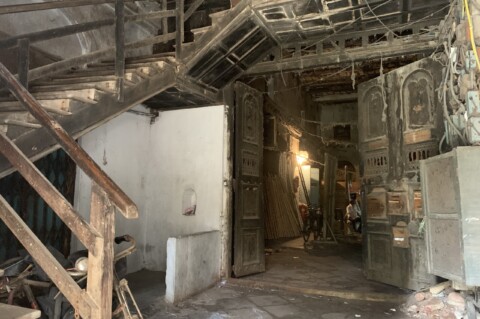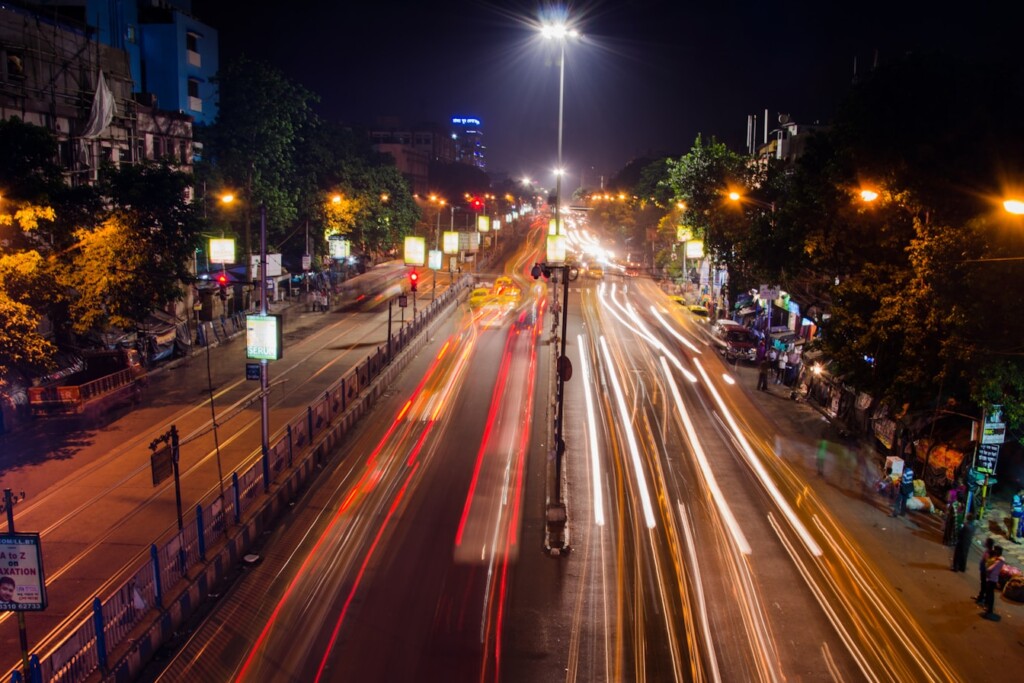Cyclone Remal has unleashed havoc on West Bengal, bringing heavy rains, powerful winds, and a trail of destruction in its wake. The cyclone, which also impacted neighboring Bangladesh, has led to significant loss of life and property, particularly in coastal regions. Understanding the full extent of the damage and the ongoing efforts to restore normalcy is crucial for both affected residents and those providing aid.
Cyclone Remal: An Overview
Cyclone Remal, a severe tropical storm, developed in the Bay of Bengal and made landfall with wind speeds reaching up to 135 km/h. This intense weather system has caused widespread disruption, with significant damage reported in both West Bengal and Bangladesh. The cyclone’s path through these densely populated regions has amplified its impact, leading to extensive infrastructural damage and humanitarian challenges.
Immediate Impact
Casualties Reported
As of the latest reports, Cyclone Remal has claimed the lives of at least four individuals. Among the victims, a man in Kolkata succumbed to injuries after a wall collapse, and an elderly woman on Mousuni Island died when a tree fell on her hut. These tragic incidents underscore the cyclone’s lethal force and the urgent need for emergency response measures.
Initial Damage Assessment
Initial assessments reveal extensive damage to homes, roads, and public infrastructure. The coastal areas, in particular, have borne the brunt of the cyclone’s fury, with many structures severely damaged or completely destroyed. Uprooted trees, collapsed buildings, and power outages are common sights across the affected regions.
Destruction in Coastal Areas
Effects on Infrastructure and Property
The coastal districts of West Bengal have suffered severe infrastructural damage. Roofs of thatched huts have been blown away, and roads are blocked by fallen trees and debris. Electricity poles have been knocked down, leading to widespread power outages. The relentless winds and heavy rains have also caused significant flooding, further complicating relief efforts.
Specific Incidents in Coastal Regions
In Mousuni Island near the Sunderbans delta, the damage is particularly acute. The island, known for its vulnerable position, saw multiple homes destroyed and significant loss of property. Similar scenes of destruction were reported from other coastal areas such as Digha and Kakdwip, where high tides and storm surges exacerbated the situation.
Impact on Kolkata
Damage Within the City
Kolkata, the bustling capital of West Bengal, has not been spared by Cyclone Remal. Several areas of the city experienced severe waterlogging, with streets in neighborhoods like Ballygunge, Park Circus, and Behala inundated. The city’s drainage system struggled to cope with the deluge, leading to prolonged flooding and disruption of daily life.
Waterlogging and Power Outages
Waterlogged streets and power outages have been a major issue across Kolkata. The heavy rains have caused significant flooding in many parts of the city, leading to traffic snarls and hazardous conditions for residents. Power outages, resulting from downed electricity poles and damaged infrastructure, have added to the woes of the city’s inhabitants.
Transportation Disruptions
Suspension of Train Services
The heavy rains and winds led to the suspension of suburban train services from the Sealdah terminal station for several hours. This disruption added to the challenges faced by commuters, many of whom were stranded or faced significant delays in reaching their destinations. Train services eventually resumed, but not without causing substantial inconvenience.
Impact on Flight Operations
Flight operations at Kolkata airport were suspended for 21 hours as a precautionary measure. Although services have resumed, the airport is still in the process of returning to normal operations. The disruption affected numerous flights, causing delays and cancellations that impacted travelers both domestically and internationally.
Bangladesh’s Experience
Cyclone Remal’s Impact on Bangladesh
Cyclone Remal also caused significant damage in Bangladesh, particularly in the coastal regions. The cyclone made landfall between Sagar Island in West Bengal and Khepupara in Bangladesh, leading to widespread destruction in its path. In Bangladesh, the storm disrupted life, causing severe flooding and damage to homes and infrastructure.
Comparative Analysis with West Bengal
While both regions experienced severe impacts, the scale and nature of the damage vary. West Bengal saw more infrastructural damage in urban areas like Kolkata, while Bangladesh faced extensive rural devastation. The comparative analysis highlights the different challenges faced by urban and rural communities in coping with such natural disasters.
Weather Forecast and Warnings
Current Weather Conditions
The Met office has reported that Cyclone Remal has weakened into a cyclonic storm but continues to bring heavy rains to the region. Kolkata recorded 146 mm of rainfall in a short period, with wind speeds reaching up to 91 km/h in some areas. The heavy rainfall is expected to continue, exacerbating the already challenging conditions.
Predictions and Warnings for the Upcoming Days
The weather forecast indicates more rain in Kolkata and the southern districts of West Bengal, including Nadia and Murshidabad. One or two spells of intense downpour are expected, accompanied by gusty surface winds. Residents are advised to stay indoors and take necessary precautions until the weather stabilizes.
Government Response
Relief Operations Initiated
The West Bengal government has initiated extensive relief operations to assist those affected by Cyclone Remal. Emergency services are working around the clock to provide food, drinking water, and medical assistance to impacted residents. Relief materials, including dry food and tarpaulins, have been dispatched to the worst-hit areas.
Statements from Officials
Officials have urged residents to remain cautious and stay indoors as the heavy rain continues. State Power Minister Aroop Biswas has assured that efforts are underway to restore power and address the damage caused by the cyclone. The government is committed to ensuring that normalcy is restored as quickly as possible.
Restoration Efforts
Efforts to Restore Power and Clear Debris
Restoration efforts are focused on clearing debris from roads and restoring power supply to affected areas. Teams are working tirelessly to remove fallen trees and repair damaged infrastructure. However, the continuous rain is hampering these operations, making the task more challenging.
Challenges Faced by Emergency Services
Emergency services are facing significant challenges due to the relentless rain and flooding. Clearing debris, repairing infrastructure, and providing aid to affected residents are all being hindered by the adverse weather conditions. Despite these obstacles, efforts are being made to ensure the safety and well-being of the affected communities.
Community Response
Evacuations and Safety Measures
The state government evacuated over one lakh people from vulnerable areas ahead of the cyclone’s landfall. These precautionary measures have undoubtedly saved many lives. Local communities have also rallied together, with neighbors helping each other and providing support to those in need.
Support from Local Organizations
Local organizations and volunteers are playing a crucial role in the relief efforts. Trained civil defense volunteers are assisting with evacuation and providing first aid. Quick response teams, equipped with necessary tools and vehicles, are on the ground, helping to mitigate the impact of the cyclone.
Agricultural Impact
Damage to Crops and Farmlands
Cyclone Remal has severely impacted agriculture in the region. Heavy rains and storm surges have flooded farmlands, causing extensive damage to crops. In some areas, salt water from the Bay of Bengal has breached embankments, further harming agricultural land and leading to long-term challenges for farmers.
Long-term Implications for Farmers
The damage to crops and farmlands will have significant long-term implications for the farming community. The loss of crops not only affects the immediate food supply but also the economic stability of farmers. Recovery will require substantial support and resources to rebuild agricultural productivity.
Human Stories
Personal Accounts from Affected Residents
Stories from those affected by Cyclone Remal highlight the resilience and courage of the local communities. Residents recount the harrowing experience of facing the cyclone and the efforts to protect their families and property. These personal accounts provide a human perspective on the disaster, emphasizing the need for continued support and assistance.
Highlighting Resilience and Community Support
Despite the widespread devastation, the spirit of resilience and community support shines through. Neighbors are helping each other, and local volunteers are working tirelessly to assist those in need. This collective effort is crucial in the face of such a natural disaster, showcasing the strength and solidarity of the affected communities.
Environmental Consequences
Impact on the Ecosystem
Cyclone Remal has not only affected human settlements but also the natural ecosystem. The Sunderbans, a UNESCO World Heritage Site, has faced significant impact. The cyclone’s strong winds and heavy rains have disrupted the delicate balance of this unique mangrove forest, affecting both flora and fauna.
Long-term Environmental Concerns
The long-term environmental concerns following Cyclone Remal include soil erosion, saltwater intrusion, and habitat destruction. These issues will require concerted efforts to address and mitigate, ensuring the sustainability of the affected ecosystems and the livelihoods that depend on them.
Conclusion
Cyclone Remal has left a lasting mark on West Bengal and Bangladesh, with significant loss of life and property. The immediate response has been robust, with government and local organizations working together to provide relief and restore normalcy. However, the road to recovery will be long, requiring ongoing support and resilience from the affected communities. As the region continues to face adverse weather conditions, staying informed and prepared is essential for safety and recovery.
FAQs
What is the current status of Cyclone Remal? Cyclone Remal has weakened into a cyclonic storm but continues to bring heavy rain and gusty winds to the affected regions.
How can residents stay safe during such cyclones? Residents should stay indoors, avoid flooded areas, and follow instructions from local authorities. Keeping emergency supplies and staying informed through official channels is crucial.
What assistance is available for those affected? The government and various organizations are providing food, drinking water, medical assistance, and temporary shelter to those affected. Relief materials and emergency services are actively working in the impacted areas.
How can one contribute to the relief efforts? Individuals can contribute by donating to reputable relief organizations, volunteering with local groups, and spreading awareness about the needs of the affected communities.
What measures are being taken to prevent future damage? The government is focusing on improving infrastructure resilience, enhancing early warning systems, and implementing better evacuation and disaster management plans to mitigate future cyclone impacts.









